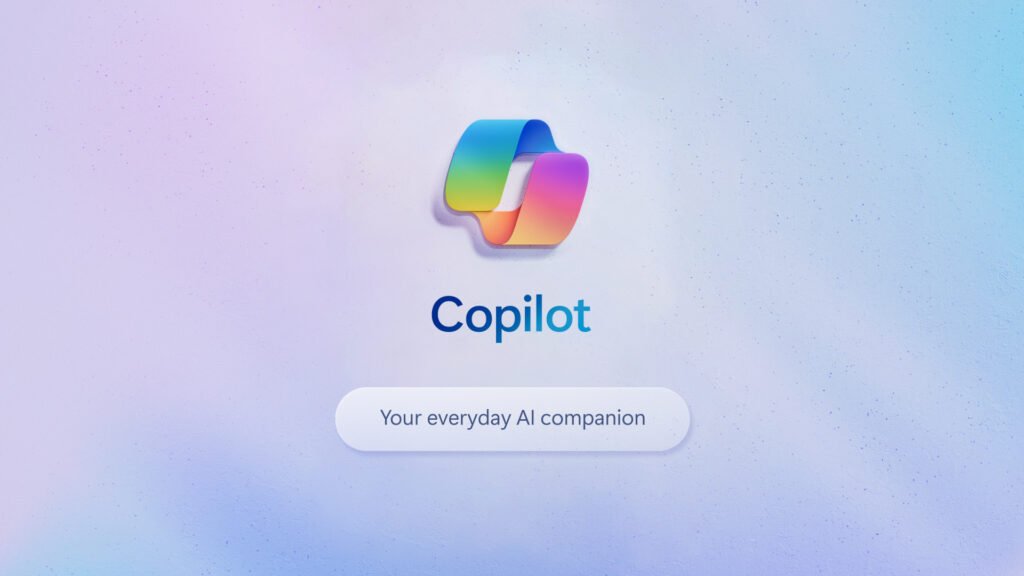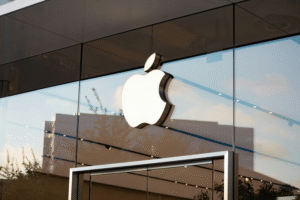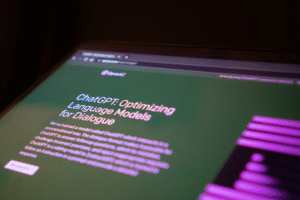
Microsoft’s latest push to integrate artificial intelligence into the very fabric of the PC is a bold move. They’re not just putting an icon on the taskbar; they’re carving out a physical space on our keyboards with a new, dedicated Copilot key. This small, unassuming button, now a standard on new laptops, is meant to be a direct line to Microsoft’s AI assistant. But in this race to make AI an inescapable part of our daily lives, is Microsoft making a grave miscalculation? The answer, for anyone who values a thoughtful, user-centric design, is a resounding yes. The Copilot key is a prime example of an unnecessary solution to a non-existent problem, and a forced marriage between hardware and software that few asked for.
The fundamental issue with the Copilot key is that it’s a solution looking for a problem. Was anyone truly struggling to access Copilot before? The combination of Windows key + C already existed, and the icon on the taskbar was never more than a mouse-click away. This is not a matter of convenience; it’s a matter of corporate branding and an attempt to physically embed a product into a device, much like the old, ubiquitous Windows key itself. But the Windows key serves a universal purpose, providing access to the OS’s core functions. The Copilot key, by contrast, is a gateway to a single, often-maligned application.
The public reaction to this new button has been lukewarm at best, and outright hostile at worst. Many users have taken to online forums to express their frustration, with some even resorting to ripping the key off their laptops. The core of the complaint is simple: this new key is replacing a potentially useful key, such as the context menu key or even a second Ctrl key, for an application that many users either don’t use or find to be a frustrating, incomplete experience. A survey by Windows Central revealed that over half of its readers don’t use Copilot on Windows 11 at all. Microsoft is sacrificing valuable keyboard real estate for a feature that a large portion of its user base actively ignores.
Beyond the immediate inconvenience, the Copilot key represents a troubling trend in the tech industry: the forced “AI-washing” of everything. Rather than allowing AI to evolve as a tool users can choose to adopt, Microsoft is pushing it as a mandatory, core component of the user experience. This top-down approach removes agency from the user. It dictates how we should interact with our computers, rather than letting the tools we use adapt to our workflow. It’s a paternalistic design philosophy that assumes Microsoft knows what’s best for us.
So, if a dedicated Copilot key isn’t the answer, what could be a better replacement?
The first and most obvious answer is to simply give the key a different function—or, better yet, no pre-defined function at all. The key could be a blank canvas, a customizable “macro” key that users can program to perform any task they wish. This would respect the user’s intelligence and their unique needs. It could be a button that launches a specific application, runs a script, or triggers a common sequence of actions. For a power user, this could be a productivity godsend. For a casual user, it could be mapped to something as simple as the screenshot tool or the calculator.
Another, more elegant solution would be to use a contextual approach. Instead of a dedicated physical key, a system-wide AI shortcut could be made more intuitive and powerful without taking up permanent keyboard real estate. Imagine a “super search” function, perhaps triggered by a double-tap of the Windows key, that intelligently determines whether you’re looking for a file, a setting, a web result, or a conversational AI response. This approach would be far more intelligent, responsive, and less intrusive than a single-purpose button.
The final, and perhaps most important, alternative is to simply leave the keyboard alone. The modern keyboard, with its time-tested layout, is a finely tuned instrument. Every key has a purpose, a learned muscle memory associated with it. Disrupting this layout for a feature that is, at best, a novelty and, at worst, an unwanted intrusion, is a step backward. The focus should be on improving the underlying software, making Copilot so useful and seamless that users naturally seek it out, not forcing it upon them with a physical button.
The Copilot key is not a revolution. It’s an unnecessary marketing gimmick masquerading as innovation. It’s a physical reminder that in the rush to embrace AI, some companies are prioritizing brand over user experience, and a dedicated button on our keyboards is the unfortunate result. Microsoft would be wise to heed the criticism and consider what users actually want: not another button, but a computer that is genuinely more intelligent and adaptable, not just superficially so.












